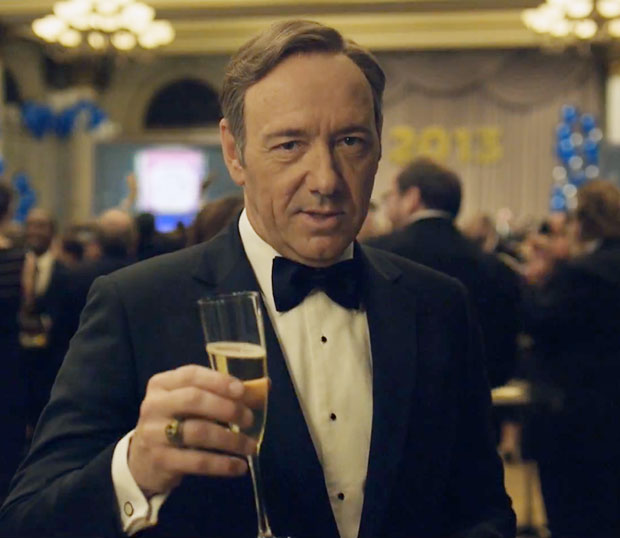Well, I'm certain that there are some psychological elements there, although in my opinion it's a bit more about just how vastly different our (men's and women's) idea of female beauty can be. There's a huge range just for a start: the girl next door, fashion models, actresses both contemporary and classical, all kinds of traditional art (sculptures and paintings), celebrities, even porn stars. There's an incredible range of hair styles, make-up, cultural inheritance, and so on. There's a LOT of serious research as well, with things like the 'beauty mask', averages of hundreds or thousands of photographs, theories... Compared to this, men are really simple already

Although, maybe London boy could provide another interesting perspective here.
However, Drake is an interesting example because the team behind the character had both men and women in it, so I'm not sure if there's anything like this could be involved.
But I still think that the visual aspects I've mentioned are probably more important. Things like stubble, wrinkles, scars, more complex forms and such provide a lot more detail for the eye, or in other words the visual elements of the brain, and so it's a little easier to get away with less then completely realistic execution, the minute flaws are less noticeable because they're hidden under all the "noise". And of course Drake is still a stylized character, even if he's far more realistic now.
So males are probably easier to create no matter your gender.
Which makes me even more curious to see female characters from UC4. I'm quite sure that they're actually a much harder task for the team and this is at least in part the reason why we haven't seen any glances of them yet.



